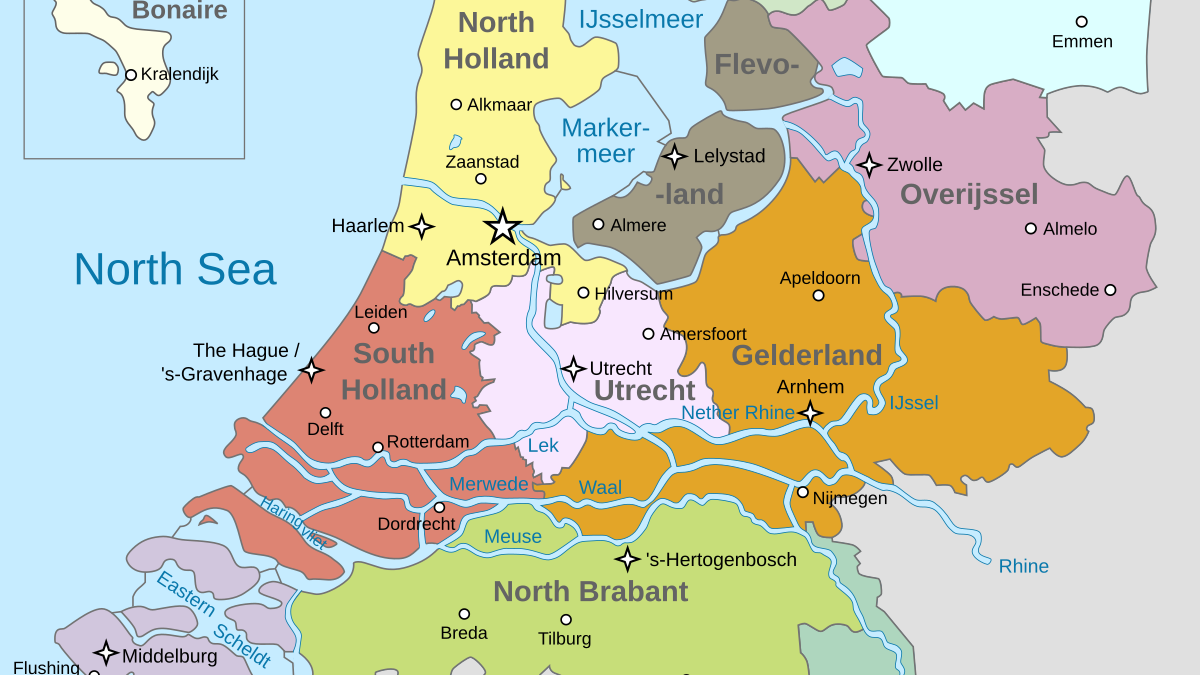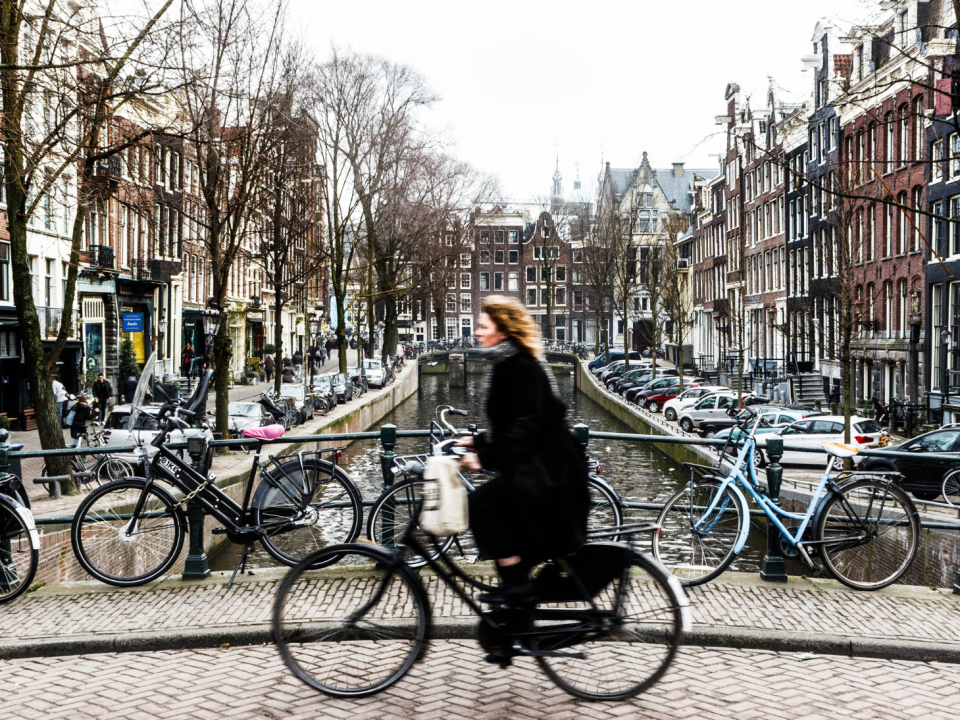Where Does the Name "The Netherlands" Come From?
The name "the Netherlands" translates to "lowlands" and reflects the country’s geography. Much of the land is below sea level or near it, requiring an extensive system of dikes, canals, and pumps to manage water.
So why do some say "Holland"?
Let’s start with the basics. The Netherlands is the official name of the country. It comprises 12 provinces, two of which are called North Holland and South Holland. When people refer to "Holland," they’re technically only talking about these two provinces, not the entire country.
However, "Holland" has been used informally to describe the Netherlands as a whole, especially by foreigners. This likely stems from the historical and economic prominence of North and South Holland, which were the most internationally recognized regions.
Since 2020 though, if you’re referring to the entire country, the correct name is the Netherlands.
In 2020, the Dutch government made a notable decision to officially drop the term "Holland" from its international branding in favor of "the Netherlands." While this move aimed to reduce confusion, many people worldwide still wonder—
Why?
Well, first and foremost, Accuracy. The government wanted to promote the entire country, not just two provinces. Using "the Netherlands" highlights the diversity of regions, cultures, and contributions that extend beyond North and South Holland.
Then there’s also Tourism Management. Cities in Holland, like Amsterdam, were becoming overcrowded with tourists. The government hoped that branding the country as "the Netherlands" would encourage visitors to explore other regions, such as Friesland, Limburg, and Gelderland.
Lastly, of course we cannot overlook Cultural Representation. Moving away from "Holland" helps showcase the country’s broader cultural and historical diversity across all 12 provinces.
However,
despite "the Netherlands" being the official name, "Holland" remains common in sports due to tradition, simplicity, and familiarity. Historically, North and South Holland were hubs for Dutch sports, producing famous teams and athletes. "Holland" is also easier to chant and has become deeply ingrained in sports culture—for example, in football chants like "Hup Holland Hup." Internationally, "Holland" is more recognizable and convenient, making it a shorthand in sports broadcasts and events.
Historically,
The western side of the Netherlands, which included both North and South Holland, was the most powerful and prosperous part of the Dutch Republic during the 17th century, often called the Dutch Golden Age. Dominance in trade, shipping, and culture from Amsterdam, Rotterdam, and the Hague made ‘Holland’ synonymous with the Dutch Republic to many foreigners, leading to the widespread use of "Holland" as shorthand for the entire country.
Thoughts
Understanding the distinction between Holland and the Netherlands offers more than just a geography lesson—it’s a window into the country’s rich history, culture, and identity. While "Holland" might still hold sentimental value in sports or casual conversation, embracing "the Netherlands" as the official name allows for a fuller appreciation of everything this beautiful and diverse country has to offer.






1 Comment
Very interesting!